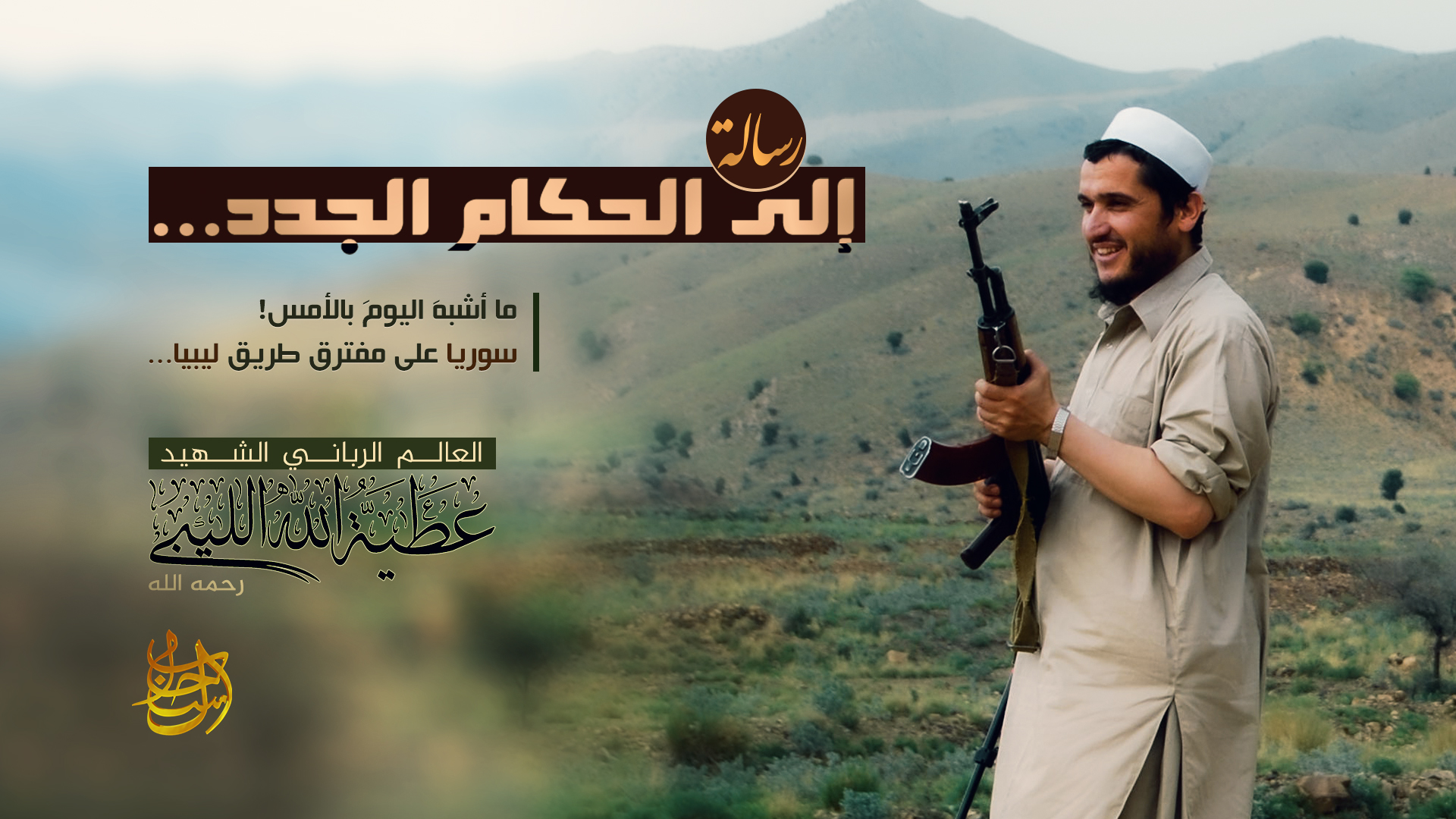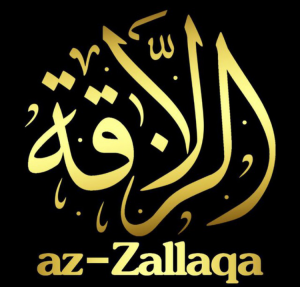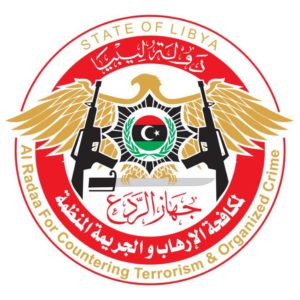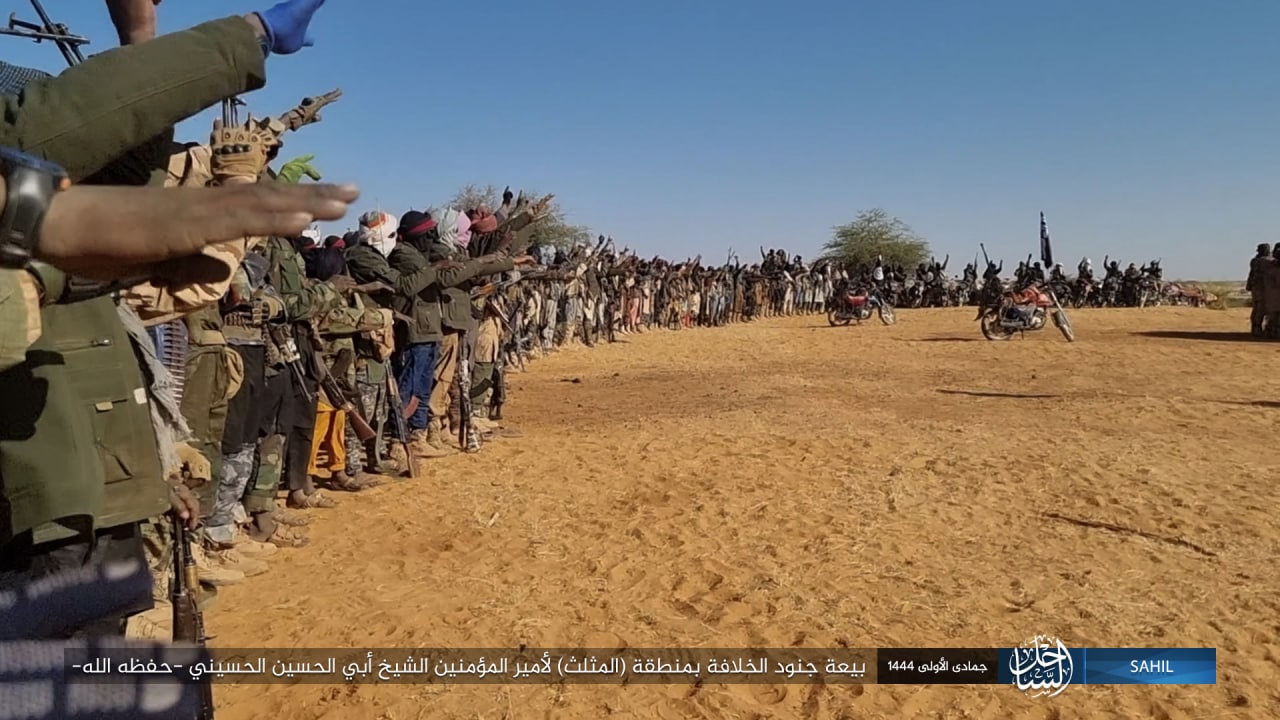
_________________
Source: Telegram
To inquire about a translation for this video message for a fee email: [email protected]

_________________
Source: Telegram
To inquire about a translation for this video message for a fee email: [email protected]

The Islamic State today looks different than it did five years ago and is far more integrated now as an organization amongst its global network than al-Qaeda ever was. It has been 10 years since the Islamic State announced itself as a caliphate and more than five years since it lost its last vestige of territory in Syria. However, with the Islamic State back in the news due to an increasing external operations capacity (with attacks in Iran, Turkey, and Russia this year as well as numerous broken up plots in Europe), there is a fundamental misunderstanding of how the group operates today. In many ways, it is either incorrectly viewed through the lens of how al-Qaeda operates (a decentralized branch network), since it had previously been a part of al-Qaeda’s global network, or based on how the Islamic State operated when it was at its prior zenith when it controlled territory in Iraq and Syria. It is also likely why some within the U.S. government may have misinterpreted signals intelligence by pushing the idea that the Islamic State leader targeted in Somalia at the end of May, Abd al Qadir Mumin, became the group’s caliph. These changes in the past five years are crucial for policymakers to understand because the way the threat presents itself today will look different from how policymakers dealt with the issue last decade when much of the focus was on the Islamic State’s territorial control in Iraq and Syria.
The most important body for understanding the Islamic State today is its General Directorate of Provinces, which has previously been based in Syria, but new information suggests that at least at the highest levels of it might now have centrality in Somalia. When one understands that structure, the Islamic State’s actions globally make more sense. It is also why we see far more interaction and connection between its various wilayat (provinces) today than in the past. In many ways, the key aspects that animate the Islamic State as an organization (governance, foreign fighter mobilization, and external operations) remain, they have just moved from primarily being based out of or controlled by its location of origin in Iraq and Syria to being spread across its global provincial network. Its aims remain the same, even if the organization has adapted to a changed environment. It is also why the challenge from the Islamic State today is different from the past and why it is in some ways also more resilient now to pressure than before.
This makes the challenge of the Islamic State more difficult from a security perspective than in the past when there was the ability to primarily zero-in on its efforts in Iraq and Syria. Today, only focusing on Iraq and Syria or any other province independent of understanding its connections to other parts of the group’s global network will lead to missing crucial details due to expediency. This is why, although it is understandable that the United States has shifted a lot of its manpower and budgeting to more existential and larger problem-sets such as China and Russia, it would be a mistake to neglect the Islamic State as a continuing, but evolving security challenge. Therefore, it is still useful to continue to have and add more funded government positions across different agencies and departments to focus on tracking this threat to better get ahead of the next surprise. Otherwise, mistakes of misinterpretation will be made as in the past.
Click here to read the rest.


Click the following link for a safe PDF copy: al-Qā’idah in the Islamic Maghrib and Jamā’at Nuṣrat al-Islām Wa-l-Muslimīn — Condolences and Sympathy To Our Afflicted People in Morocco and Libya
______________
Source: Telegram
To inquire about a translation for this statement for a fee email: [email protected]

Click the following link for a safe PDF copy: al-Qā’idah in the Arabian Peninsula — Condolences and Sympathy To Our People in the Islamic Maghrib
_______________
Source: Telegram
To inquire about a translation for this statement for a fee email: [email protected]

Urdu:
al-Qā’idah in the Indian Subcontinent — God Will Help Him Who Helps His Brother In Distress!
English:
al-Qā’idah in the Indian Subcontinent — God Will Help Him Who Helps His Brother In Distress! (En)
________________
Source: Telegram

________________
To inquire about a translation for this video message for a fee email: [email protected]

In the aftermath of the 2011 Arab uprisings, North Africa (Libya and Tunisia in particular) became a flashpoint for large-scale jihadi mobilization. Yet more than a decade later, both countries and the region, in general, are relatively quiet–at least with regard to jihadism–in contrast to the growing strength of the jihadi movement in sub-Saharan Africa. Tracing the evolution of the movement and its current state in North Africa offers insights into its prospects for the future.
Click here to read the rest of the article.
There are two main reasons for this: 1. pledges are leader-specific rather than group-specific and thus need to be renewed with each succession and 2. it is a way to legitimize al-Qurashi’s rule and create a media event so that the group can promote itself as it transitions to a new phase.
The first reason is also something that IS pointed to when it began to overtly feud with al-Qaeda (AQ) in 2013, by saying that following Abu Mus’ab al-Zarqawi’s death, his successor Abu Hamzah al-Muhajir gave baya to the newly created Islamic State of Iraq’s leader Abu ‘Umar al-Baghdadi and even after Abu ‘Umar was killed, when Abu Bakr al-Baghdadi took over in 2010 and then Usamah Bin Laden was killed in 2011, Abu Bakr never publicly gave baya to Ayman al-Zawahiri, even if al-Zawahiri claims he gave it to him privately. Therefore, from the perspective of IS this whole process is not trivial, but important for legitimacy of its leadership and to potentially weed out any insubordination before it manifests into something larger as it already did in the past vis-a-vis AQ.
This post will be updated with the latest official pledges.
—
December 1, 2022:
Wilāyat Gharb Ifrīqīyah – Sambisa Region











Wilāyat Khurāsān




























Wilāyat al-‘Irāq

























Wilāyat Gharb Ifrīqīyah – al-Buhayrah Region





December 2:
Wilāyat Gharb Ifrīqīyah – al-Faruq Region

















Wilāyat al-Shām

































Wilāyat Gharb Ifrīqīyah – Banki Region






December 3:
Wilāyat al-Yaman




Wilāyat Gharb Ifrīqīyah – Krenoa Region





Wilāyat al-‘Irāq
















Wilāyat al-Sāḥil – Azawagh, Tri-Border, and Burkina Faso Regions





























December 4:
Wilāyat al-Ṣūmāl




















Wilāyat Wasaṭ Ifrīqīyah







Wilāyat al-Sāḥil – Anderamboukane Village









December 5:
Wilāyat Gharb Ifrīqīyah – Central Nigeria






Wilāyat al-Shām





















Wilāyat Bākistān















Wilāyat Mūzambīq






Wilāyat Wasaṭ Ifrīqīyah – Beni Region




December 7, 2022:
Tūnis


Wilāyat al-Hind – Kashmir








Wilāyat Mūzambīq – Nangade Region





December 8, 2022:
Lubnān






December 14, 2022:
Wilāyat Saynā’




December 17, 2022:
Wilāyat Sharq Asīā




December 19:
Wilāyat Lībīyā




ستقولون:الناس وين؛والشيخ وين!؟
________________
To inquire about a translation for this release for a fee email: [email protected]